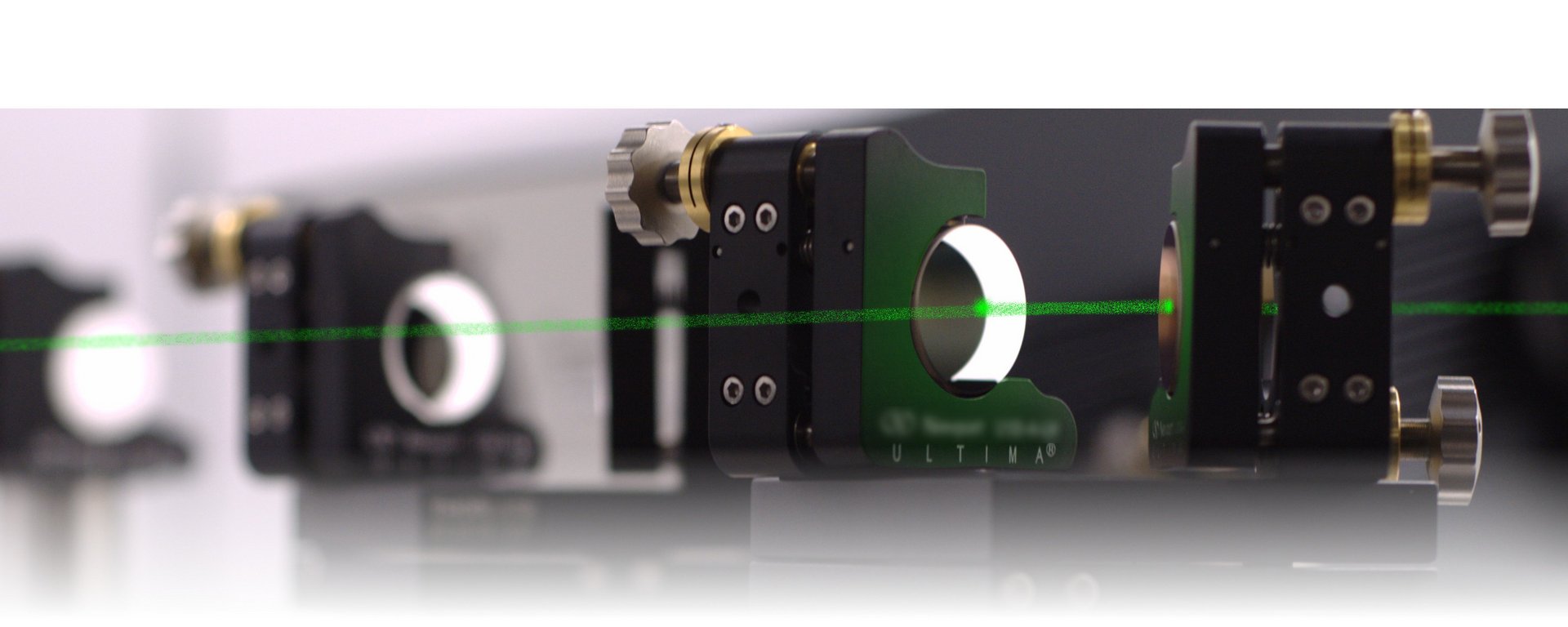Methods for the detection of product counterfeiting
Protection of intellectual property rights
Counterfeiting of pharmaceutical products becomes more and more sophisticated. The number of undetected cases of pharmaceutical imitations can scarcely be estimated. The losses of the pharmaceutical industry are estimated to be 17 to 25 billion dollars and the tendency is increasing. In western countries both the economy and the health of the people are severely affected whereas the health of the people is primarily affected in the emerging and less developed countries. The global exchange and global delivery relationships of the pharmaceutical industry with globally dispersed production sites are always targets of counterfeiting and new imitations of products. So it is nowadays not unusual that for a single product the packaging comes from China, the drug itself from India and the package insert from the Czech Republic and they are packed and marked in Hungary together with blister materials from Germany. This gives rise to numerous opportunities for fraud that are already being exploited. For example, ineffective counterfeit or unlicensed imitations of cardboard boxes printed in China can be packaged and sold in numerous quantities.
The goal of this project is to develop a method, which will discover counterfeited and imitated brand products to combat counterfeit in the pharmaceutical sector. The method is based on the combination of contact free analysis, which ensures reliable and non-destructive differentiation between original and counterfeit products by identifying intrinsic and / or concealed markings of the products. By this method, counterfeiting would be so expensive that it would be unprofitable. Another important aspect of this method is the detection of unauthorized, potentially harmful counterfeit drugs. Therefore, the method improves drug safety. A reduction of the damages and the associated costs for the health system results from this.
The project is conducted in cooperation with ACC Terahertz, Department of Physical Chemistry II and PhotonIQ Technologies GmbH. The project is sponsored by the NRW-EU Ziel 2 Program "Regional Competitiveness and Employment Program 2007-2013".
The analytical methods to be examined include terahertz spectroscopy, terahertz imaging and other optical methods of analysis (for example spectral analysis in the visible spectral range).

In our department, a THz imaging system is constructed, which makes it possible to look inside the box and screen its content. This system is based on the first commercially available THz imager from Synview, which is currently being modified for the purposes of the project. The spectral analysis in the visible wavelength range and other optical measurement methods are also included in the project tasks of our department.
Partners:
- ACC-Terahertz, Dr. Jens Soetebier, Project Coordinator
- PhotonIQ Technologies GmbH, Dr. Stefan Hoffmann
- Department of Physical Chemistry II, Prof. Dr. Martina Havenith-Newen
Colleagues:
Funded by:






